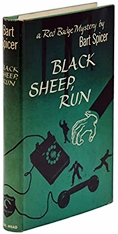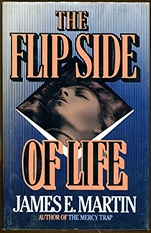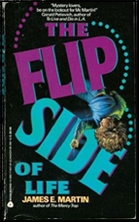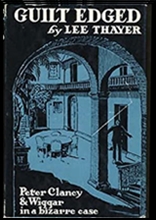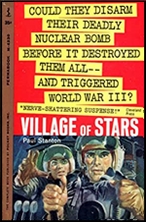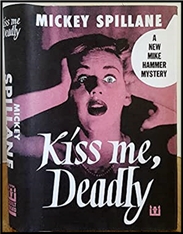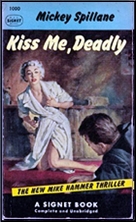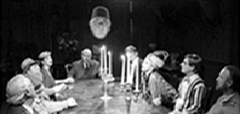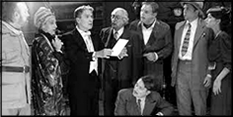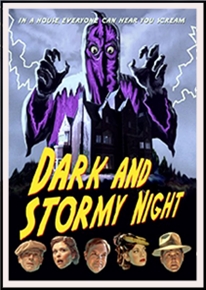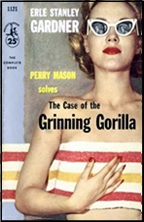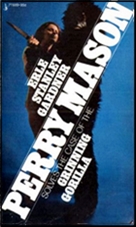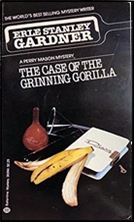Fri 22 Jul 2022
A 1001 Midnights Review: TECH DAVIS – Full Fare for a Corpse.
Posted by Steve under 1001 Midnights , Reviews[8] Comments
by Bill Pronzini
TECH DAVIS – Full Fare for a Corpse. Aubrey Nash #2. Doubleday Crime Club, hardcover, 1937. No paperback edition.
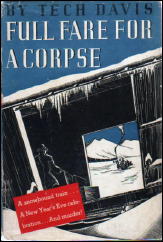
The central premise of Full Fare for a Corpse is irresistible: Four days after Christmas, a transcontinental Union Pacific passenger train runs into a blizzard on the Wyoming Great Divide and comes up snowbound at a whistle-stop station in the middle of nowhere. Snowbound with it is a freight full of supplies, and nearby is a sheep ranch, so the 130 passengers and crew on board the ten-car train don’t need to worry about provisions.
What they do need to worry about is that one of their number is a murderer. (If this premise sounds familiar, it may be because you — and Tech Davis — happened to read Agatha Christie’s Murder on the Orient Express, which is about murder on a snowbound train in Yugoslavia and was published three years earlier than Full Fare for a Corpse.)
Victim number one is an unidentified stranger who isn’t even on the passenger list, but is found in his robe and slippers in one of the compartments, shot to death under very unusual circumstances. Victim number two turns up not quite dead in the baggage car, laid out next to the remains of number one. There is also a victim number three. The task of unraveling all these events falls to suave, “semiprofessional” New York sleuth Aubrey Nash, with the help of an ex-Wyoming sheriff named Sargent. And unravel them they do, but not before the murderer strikes again at an impromptu New Year’s Eve celebration put on by the passengers to “ease the tension.”
The handling of all this isn’t bad, although the novel does have its drawbacks: Davis’s prose is somewhat overblown, full of words like parturition and expatiated; Nash owes his origins (and methods) not to Hercule Poirot but to Philo Vance, though without Vance’s more obnoxious qualities; and more could have been done with the howling blizzard outside the train.
On the plus side, the plot is tricky enough to keep one reading and guessing, and Nash’s piecing together of the puzzle is logical and well clued. There are also some good characters, some witty dialogue, and more action than you might expect in this type of whodunit. The whole thing is reminiscent of the better of those delightfully campy B-movie melodramas of the same period .. A good evening’s entertainment.
Davis published two other novels featuring the exploits of Aubrey Nash: Terror at Compass Lake (1935), which has an upstate New York setting; and Murder on Alternate Tuesdays (1938), set in New York City.
———
Reprinted with permission from 1001 Midnights, edited by Bill Pronzini & Marcia Muller and published by The Battered Silicon Dispatch Box, 2007. Copyright © 1986, 2007 by the Pronzini-Muller Family Trust.
